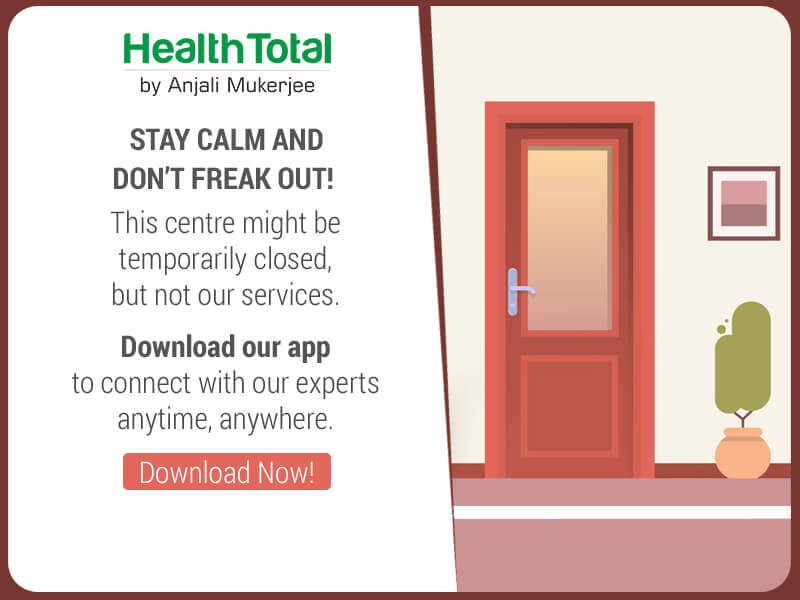
Natural treatment for Varicose Veins
Veins are blood vessels that carry blood from the body upwards to the heart. Inside your veins are tiny one-way valves that open to let the blood through and then close to prevent it flowing backwards.
Sometimes, the valves of the veins can lose their elasticity due to prolonged high pressures in the veins, causing the valves to become weakened. If the valves do not function properly, this can cause the blood to flow backwards, collecting in the veins, which will become swollen and enlarged. These enlarged, swollen, and twisting veins are known as varicose veins, often appearing blue or dark purple. Varicose veins tend to become more common with increasing age. Thread veins are very common later in life and are a normal part of ageing.
Veins become varicose when faulty valves allow blood to flow in the wrong direction or to pool, although this can take many years. There is no cure for the faults in the valves. Some possible factors contributing towards the development of varicose veins are:
- Heredity: Heredity is a major varicose vein risk factor, responsible for 80% of varicose vein disease. This risk doubles if both parents have the condition.
- Obesity: Excess weight places excess pressure on the legs, due to which the walls of the veins become weak, causing them to lose their elasticity. Overtime the veins widen, separating the valves responsible for preventing the back-flow of blood. As more blood enters the veins, they become more enlarged, twisting as they attempt to fit into their normal space.
- Lack of exercise: Lack of physical activity is responsible for poor circulation, that can lead to varicose veins.
- Jobs requiring prolonged sitting or standing: People who stand for long periods of time are at risk, since gravity builds pressure within the veins, causing them to dilate. The vein valves do not close properly, causing the vein to fill with back-flowing blood.
- Low-fiber diet: Low-fibre diets produce straining during defecation, increasing pressure in the abdomen, causing a weakening and dilation of the superficial veins in the legs, leading to varicose veins.
- Pregnancy: As the womb grows, it puts more pressure on the veins in the mother’s abdomen.
- Age over 40: Aging coupled with normal wear and tear leads to the walls of the veins to lose its
Natural measures to treat varicose veins include:
- Keeping the legs at elevated position
- Avoid prolonged sitting or standing
- Indulge in regular exercise (walking is ideal)
- Lose weight and have a diet rich in fibre
- Avoid alcohol & smoking
- Avoid wearing tight clothing that may restrict blood flow
- Take essential fatty acids (Omega-3 from flaxseed oil, salmon)- as it helps reduce the pain and inflammation associated with varicose veins.
- Avoid tight socks and bandages- as they cut off blood flow
The best way to prevent or remedy varicose veins is to follow a proper diet consisting of foods rich in fiber, protein, rutin, hesperidin, flavonoids, vitamin C, vitamin E and Vitamin B.
Lack of proteins can produce a weakening of the vein’s walls which can favor varicose veins. Therefore, it is important to consume legumes, such as soy and nuts for vegetarian people. Non vegetarian people can eat poultry and lean meats in moderate amounts.
Fiber also contributes to wall formation in veins. A good intake of soluble fiber is necessary to maintain vein’s health and favor blood circulation by means of preventing blood clots and constipation.
- Rutin helps improve circulation because of its vasodilator properties and it also prevents capillary fragility. Plant food sources of rutin are strawberries, blackberries, raspberries, citrus fruits, apricots, elder tea, spinach, and
- Flavonoids have cardiotonic properties. They exert a tonic effect on the heart, strengthening the heart muscles thus, improving circulation. Flavonoids also have anti-thrombotic properties.
- Hesperidin’s properties are virtually the same as rutin, although it is used especially as a protector of the capillaries, making it suitable for the treatment of varicose veins and small veins on the skin, such as spider veins. Its dietary sources are citrus fruits.
- Quercetin is present in onions in large amount. Onion can be considered as a real preventive home medicine for varicose veins. Other rich sources of quercetin are green tea, spinach, kale, garlic, etc.
- Vitamin C helps in the development of important connective tissues, such as collagen and elastin. Its antioxidant property helps prevent free radicals to alter blood vessel’s cell health. Vitamin C doesn’t necessarily cure varicose veins, but it improves the condition and prevents it from becoming worse, specially when combined with flavonoids. Citrus fruits, peppers, carrot, dark green leafy vegetables like cabbage or broccoli, are good sources of this vitamin.
- Vitamin E has similar action as vitamin C on varicose veins. Vitamin E helps to improve blood circulation as it can dilate blood vessels. Sources of this vitamin are wheat germ oil, sunflower seeds, hazelnuts, sunflower oil, toasted almonds and olive
- Vitamin B helps to take care of heart and blood vessel health. Wholegrains are especially rich in this vitamin. Other sources are legumes and nuts.
ANJALI MUKERJEE, Nutritionist, Founder Director-Health Total, having health centres in Mumbai, Delhi, Bangalore, Pune, Nashik, Indore-treats obesity & other health related disorders.
Contact numbers: ![]() 1-800-843-0206 / 022-672 66888
1-800-843-0206 / 022-672 66888
For further information, visit www.health-total.com
